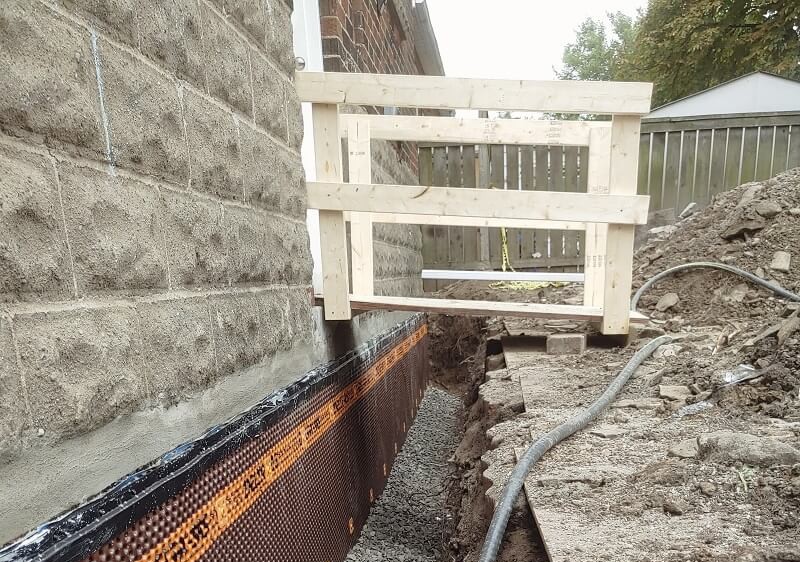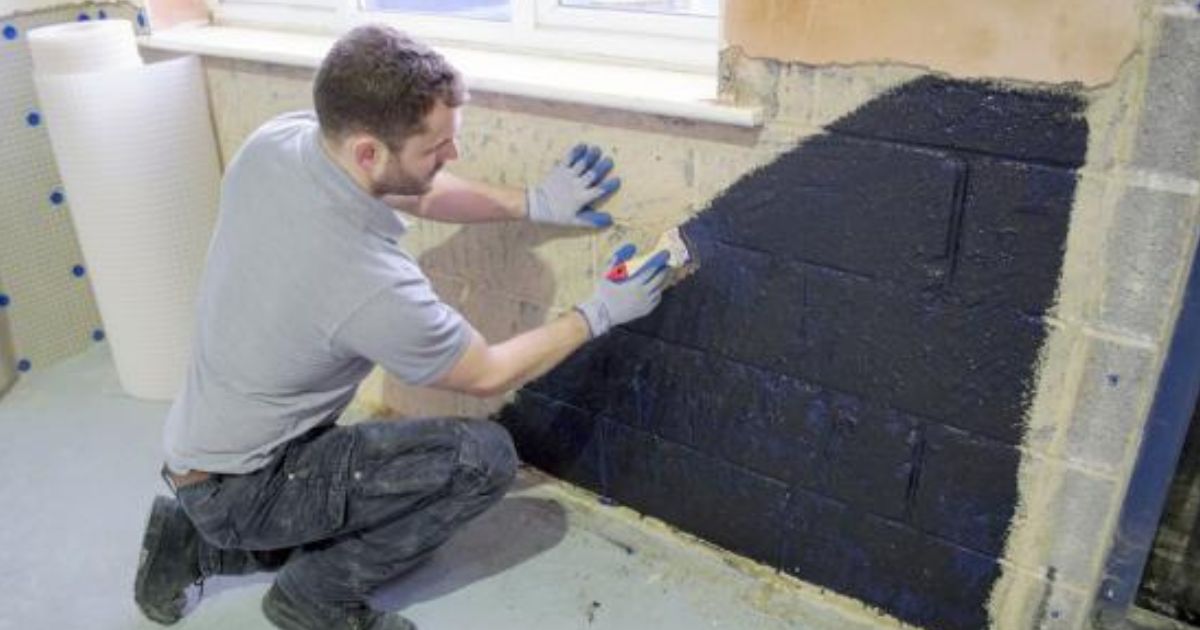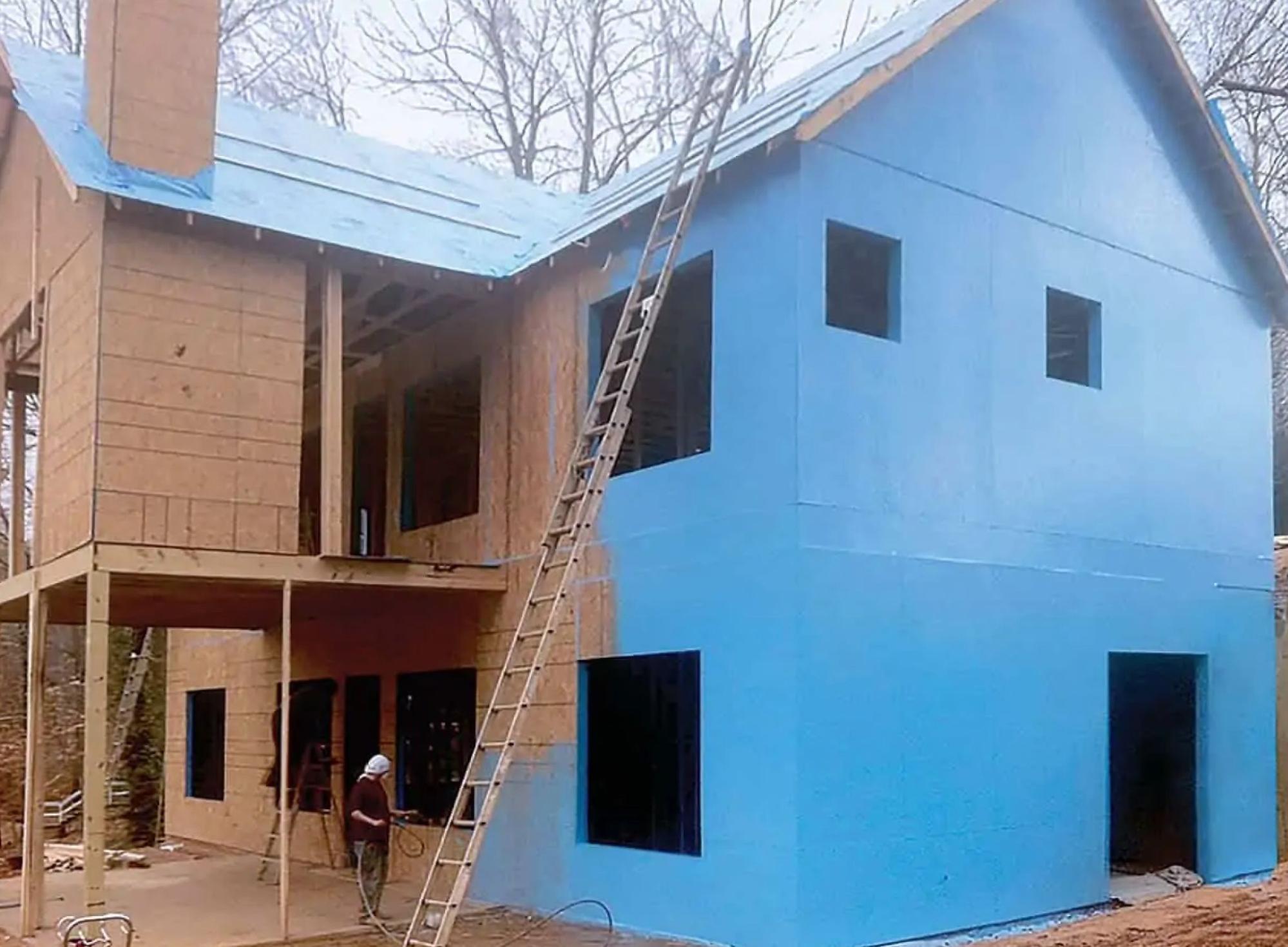Highly recommended companies for damp removal newcastle: What to look for
Checking Out the Different Strategies and Solutions for Effective Damp Proofing
Moisture in structures postures significant challenges to both structural integrity and indoor air top quality. Various strategies and solutions have actually emerged to battle this prevalent concern. From conventional damp-proof membranes to ingenious chemical therapies, each approach supplies unique benefits. Recognizing these alternatives is necessary for reliable dampness control. Nonetheless, selecting the right service relies on details structure conditions and requirements, prompting additional expedition right into one of the most effective damp proofing techniques offered.
Recognizing the Reasons For Wetness
Although wetness can arise from various sources, understanding these reasons is crucial for effective removal. Generally, wetness originates from three primary resources: increasing damp, passing through moist, and condensation. Rising wet occurs when groundwater takes a trip upwards via permeable products, such as brick or rock, often because of a lack of a reliable barrier (mould removal newcastle). Permeating wet is normally triggered by exterior elements, consisting of roofing system leakages, malfunctioning seamless gutters, or damaged wall surfaces, allowing water to penetrate a property. Condensation, on the other hand, results from excess moisture airborne, commonly intensified by bad ventilation and temperature level distinctions, causing water droplets developing on surfaces. Recognizing these underlying concerns is essential, as each sort of wetness requires a tailored technique for removal. Correct evaluation assists in identifying one of the most effective services, eventually guarding the structural integrity of a building and boosting interior air high quality
Traditional Damp-Proof Membranes

Chemical Damp-Proofing Solutions
Chemical damp-proofing solutions provide an innovative technique to stop dampness invasion in structures. These techniques commonly include the application of fluid chemicals that pass through masonry and create an obstacle versus increasing wet. Generally utilized chemicals consist of silanes, siloxanes, and various other water-repellent representatives that react with surface materials to develop a hydrophobic layer.The application procedure generally needs boring openings right into the walls, injecting the chemical option, and enabling it to treat. This technique is especially advantageous for older structures where typical damp-proof membrane layers may be impractical. Additionally, chemical damp-proofing can be much less turbulent and much more affordable than comprehensive improvement projects.While reliable, these options depend on proper application and ecological conditions for peak efficiency. Regular upkeep and monitoring are vital to assure the durability of the damp-proofing therapy. Generally, chemical damp-proofing represents a versatile choice for safeguarding structures against moisture-related damages
Cavity Wall Surface Construction Techniques
Dental caries wall building strategies provide countless advantages, especially in dampness control and energy performance. By incorporating an air space in between two layers of masonry, these wall surfaces effectively reduce water access while boosting insulation. This combination not just shields structures from moisture yet also adds to lowered power consumption.
Benefits of Dental Caries Walls
When taking into consideration effective damp proofing techniques, the benefits of dental caries wall surfaces stand out prominently. Dental caries walls are composed of 2 separate layers, creating an air gap that efficiently lowers dampness infiltration. This style reduces the threat of wetness, as the outer wall acts as an obstacle against rain and water ingress. Additionally, tooth cavity wall surfaces enhance thermal insulation, which adds to energy performance by lowering warm loss. They additionally give sound insulation, helping to produce a quieter indoor atmosphere. The air space allows for air flow, which assists in dampness control and lowers the likelihood of mold and mildew growth. These benefits not just improve the overall convenience of a building however also add to its long life and architectural integrity.
Moisture Control Strategies
Effective dampness control approaches are critical in cavity wall surface building to assure long-term defense against dampness. One main method includes the incorporation of weep openings, which facilitate water drainage from the dental caries, avoiding build-up. In addition, making use of breathable membrane layers can aid manage wetness degrees while allowing trapped vapor to run away. Appropriate positioning of insulation is additionally crucial, as it must not block drainage paths. Guaranteeing that the external fallen leaves of the tooth cavity wall surface are constructed with water-resistant materials improves total durability. Regular maintenance checks are important to recognize any type of clogs or damages early, guarding the framework's stability. Eventually, a combination of these methods creates a robust defense versus moisture intrusion in tooth cavity wall surfaces.
Insulation and Power Performance
Insulation plays an essential function in enhancing energy efficiency within cavity wall construction. By including shielding products, these walls produce a thermal barrier that minimizes heat loss and reduces power consumption. Efficient insulation not just assists preserve a steady interior temperature level yet additionally minimizes the risk of dampness, as it protects against condensation within the wall surface cavity. Different techniques, such as using stiff foam boards or mineral woollen, can be used to accomplish excellent insulation efficiency. Furthermore, proper installation is vital to assure that spaces and voids are minimized, which can or else jeopardize energy performance. Eventually, a well-insulated cavity wall surface contributes significantly to general sustainability and lowers home heating and cooling costs for home owners.
Outside Damp Proofing Methods
Outside damp proofing techniques are important for protecting frameworks from wetness seepage. Two effective methods include the application of water-proof membranes and the installment of French drains. These remedies assist minimize water accumulation and preserve the stability of structures.
Waterproof Membrane Application
While numerous methods exist for protecting against dampness ingress, the application of water resistant membranes continues to be a very effective outside wet proofing technique. These membranes are generally made from products such as polyethylene, rubber, or changed bitumen, supplying a durable obstacle versus water penetration. The installment procedure involves using the membrane layer to the exterior surfaces of walls or foundations, making certain complete protection to stop leaks. Appropriate bond and securing at joints are critical to making best use of effectiveness. Waterproof membranes can be applied in numerous types, consisting of fluid layers and sheet membrane layers, enabling versatility based upon the details needs of the structure. This method not only safeguards structures from wetness yet also enhances their longevity and structural stability.
French Drain Setup
One reliable method for handling groundwater and stopping wetness build-up around a structure's foundation is the setup of a French drain. This drain system includes a trench loaded with gravel and a perforated pipeline that reroutes surface area water far from the structure. Appropriate setup calls for cautious planning, making sure that the drain slopes away from the framework to promote perfect water flow. In addition, the place of the drainpipe is crucial; it needs to be positioned in locations vulnerable to merging or excess moisture. Normal upkeep, including clearing up debris from the crushed rock and making certain the pipe continues to be unhampered, is crucial for long-lasting efficiency. Ultimately, a well-installed French drainpipe can significantly reduce the risk of water-related problems in foundations and cellars.
Interior Waterproofing Approaches
Inside waterproofing strategies are crucial for safeguarding a structure's interior from moisture seepage and prospective water damage. These strategies generally involve the application of customized products and strategies created to create a moisture obstacle within the framework. One usual method is making use of water-proof finishings or sealants on wall surfaces and floorings, which prevent dampness from permeating surfaces.Additionally, mounting interior drain systems, such as sump pumps, can successfully take care of water accumulation in basements and crawl rooms. Another technique entails using vapor barriers, which are installed to prevent wetness activity from the ground right into living spaces.Moreover, dealing with any kind of cracks or spaces in walls or structures with proper sealers assures an extensive protection against water invasion. By applying these interior waterproofing strategies, property owners can considerably lower the risk of mold growth, architectural damages, and various other moisture-related concerns. Proper execution of these techniques is necessary for long-term security and structure honesty.
Normal Upkeep and Inspection Practices
Regular upkeep and evaluation methods are essential for assuring the lasting performance of damp proofing solutions in any building. Routine checks enable homeowner to identify early indicators of dampness breach, such as peeling off paint, mold growth, and stuffy smells. These signs can signal underlying problems that require instant attention.Inspections must be conducted at the very least yearly, concentrating on at risk areas like basements, creep spaces, and exterior walls. During these evaluations, building proprietors must take a look at sealants, drainage systems, and air flow to confirm they work correctly.Additionally, maintaining downspouts and seamless gutters is essential, as clogged up systems can cause water build-up near the foundation. Applying a regular upkeep schedule, in addition to prompt repairs, can significantly extend the life expectancy of damp proofing procedures and safeguard the architectural stability of the building. Aggressive measures eventually contribute to the total health and wellness of the living atmosphere.
Regularly Asked Inquiries
For How Long Does Damp Proofing Usually Last?
The period of damp proofing efficiency differs, typically lasting between 20 to half a century. Variables such as application quality, environmental problems, and upkeep practices substantially influence the longevity of the moist proofing therapy.

Can I Damp Proof My Home Myself?
The private contemplated the feasibility of DIY damp proofing. With appropriate study and the best materials, it is feasible. They additionally acknowledged the relevance of professional advice to guarantee resilient effectiveness and avoid future concerns.
What Are the Signs of Inefficient Damp Proofing?
Signs of inefficient damp proofing check here include persistent mildewy smells, noticeable mold growth, peeling off paint, wet patches on walls, and timber degeneration - mould treatment newcastle. Home owners should deal with these concerns promptly to stop more damages and health issues
Does Damp Proofing Affect Indoor Air Top Quality?

Just How Much Does Specialist Damp Proofing Price?
Professional damp proofing prices differ significantly, generally varying from $1,000 to $5,000 relying on the residential property's size, the extent of the wet problem, and chosen approaches. Each circumstance requires a customized evaluation for exact prices. Commonly, wetness originates from 3 main sources: climbing damp, passing through moist, and condensation. When considering reliable damp proofing approaches, the advantages of dental caries wall surfaces stand out plainly. Outside damp proofing techniques are necessary for safeguarding frameworks from wetness seepage. While different approaches exist for avoiding moisture access, the application of water resistant membranes remains a very reliable outside wet proofing technique. Signs of inadequate damp proofing include persistent mildewy smells, noticeable mold and mildew development, peeling off paint, moist patches on walls, and wood degeneration.